Integrated Living: Do Alpacas and Goats Really Get Along?
Ever wondered if alpacas and goats can coexist peacefully? You’re not alone. As a seasoned livestock owner, I’ve often been asked whether these two distinct species can share a pasture.
It’s not as straightforward as a yes or no answer. There are many factors to consider, such as the temperament, size, and needs of each animal. With my experience and knowledge, I’ll delve into the dynamics of alpaca and goat relationships.
Understanding the behavior and needs of these animals is crucial for a harmonious environment. Let’s take a closer look at what it takes for alpacas and goats to get along.
Key Takeaways
- Alpaca and goat relationships are complex and depend on multiple factors like temperament, size, and individual needs.
- Alpacas, being larger and needing more personal space than goats, require at least a quarter-acre per alpaca according to North American Alpaca Breeders Association. Goats, on the other hand, can adjust to smaller areas and require about 18 square meters each as per the British Goat Society.
- The distinct temperaments of these animals impact their shared living environment. Alpacas are typically serene, gentle, and prefer peace while goats are inquisitive and assertive. Constant monitoring of their interaction is needed as the initial cohabitation period could require adjustments.
- Alpacas and goats have different feeding habits. Alpacas are low-volume feeders and display careful grazing behavior while goats have a varied diet and are more aggressive eaters. Separate feeding zones based on their different styles can prevent issues.
- Alpacas have a tranquil herd behavior, preferring peaceful resolutions, while goats are more assertive and prone to engage in physical altercations. Giving them enough time to get comfortable around each other and to find their place in the shared environment can help cohabitation.
- Creating a harmonious environment between these species involves gradual integration and careful observation. During the early stages of introduction, it’s crucial to allow the animals to adjust at their own pace and to monitor their food and water intake for signs of discomfort or stress.
Size and Space Requirements
When it comes to cohabitating animals, size matters. It’s crucial to consider the physical stature of alpacas and goats before moving them into shared space. Alpacas, on average, are quite larger compared to goats. They stand about 81-99 cm at shoulder height and weigh around 48-84 kg. In contrast, depending on the breed, goats usually weigh 20-140 kg and have a shoulder height of 40-95 cm.
Here’s a quick glance at their size difference:
| Species | Average Shoulder Height (cm) | Average Weight (kg) |
|---|---|---|
| Alpaca | 81-99 | 48-84 |
| Goat | 40-95 | 20-140 |
While alpacas and goats may look friendly and bone-tolerant, they’re indeed not. Coexistence will require a substantial amount of space to ensure they don’t infringe on each other’s territory. Personal space is a big deal, particularly for alpacas. Goats, however, can adjust to smaller areas.
According to the North American Alpaca Breeders Association, at least a quarter acre per alpaca is ideal for promoting healthy group dynamics. A goat, conversely, needs only a tiny percentage of that space. The British Goat Society recommends at least 18 square meters per goat to ensure they have ample space to move, feed, and rest.
Here’s how their space requirements compare:
| Species | Space Required |
|---|---|
| Alpaca | 0.25 acres |
| Goat | 18 square meters |
So, while it’s technically possible for alpacas and goats to share a pasture, proper planning is crucial. There’s no one-size-fits-all rule here, it depends on the size and space available, breed and temperament of the animals. They need to have their territories clearly defined to prevent territorial disputes or bullying.
That clarification segues us nicely into our next topic, which involves understanding their behavioral differences better. So, let’s hark closer to their distinct behavior patterns.
Temperamental Differences
Shifting gears from physical aspects, let’s dive into the behavioral differences between alpacas and goats. It’s crucial to understand these distinct traits to maintain harmony in a shared living environment.
On one hand, alpacas are typically serene, gentle, and curious. They tend to form close-knit groups to guard against potential threats. Alpacas communicate using a variety of vocalizations, body language, and even spitting when provoked or threatened.
On the other hand, goats are notorious for their inquisitive, and often stubborn, nature. They’re exploratory animals who enjoy jumping and climbing, driven by an insatiable curiosity. Goats usually communicate through bleating.
Understanding these temperamental differences is critical in setting up a peaceful cohabitation between alpacas and goats. It’s not only about the adequate space provision but also ensuring each species’ behavioral needs are met.
Consider the alpaca’s peaceful nature and the goat’s assertive persona. Maintaining a balance can be a delicate process. One simple strategy might be establishing feeding and socializing zones to discourage territorial disputes. It’s essential to constantly monitor their interaction as the initial cohabitation period could require adjustment and intervention.
The next part of our deep dive will cover the dietary needs of both alpacas and goats. We’ll look at what these animals should consume and the potential risks if their specific dietary restrictions aren’t met.
Feeding Habits and Grazing Styles
Having explored the behavior and space requirements, we now turn our focus to the feeding habits and grazing styles of alpacas and goats. This is another key aspect of creating a successful cohabitation situation.

Alpacas, native to the South American Andes, have adapted over centuries to survive on sparse, high-altitude foliage. As a result, alpacas are low-volume feeders and display delicate grazing behavior. They typically feed on grasses and do not pull roots out, safeguarding vegetation for future growth.
Goats, conversely, show a vastly different feeding style. Known as browsers rather than grazers, they are more adventurous in terms of diet. Goats feed on a variety of material, including twigs, leaves, vines and even barks. They’re more aggressive when feeding, often stripping vegetation down to the root.

In terms of daily feed requirements, below is a comparison table.
| Animal | Daily Dry Matter Intake (as % of body weight) |
|---|---|
| Alpaca | 1 – 1.5% |
| Goat | 2.5 – 4% |
Proper management of feeding zones can help mitigate potential issues. My suggestion is to establish separate feeding areas, based on their differing styles. You should avoid locating feeders and waterers in corners where bullying can occur and take care that there is always plenty to go around.
Finally, it’s important to remember that both alpacas and goats require a balanced diet, full of essential nutrients. Even though goats can eat a variety of material, a diet high in fibre, protein, vitamins, and minerals is paramount to their health. The diet for alpacas also requires attention – even though they require less than goats, supplying high-quality forages will promote better health and growth.
Wer’e not done yet, we still have more to dig into the socializing of these animals. That’s our next discussion.
Social Dynamics and Herd Mentality
Understanding the social dynamics and herd mentality of alpacas and goats is essential to maintaining harmony in their cohabitation. Here, we’ll delve into these animals’ behavior within their groups and how that could impact their shared environment.
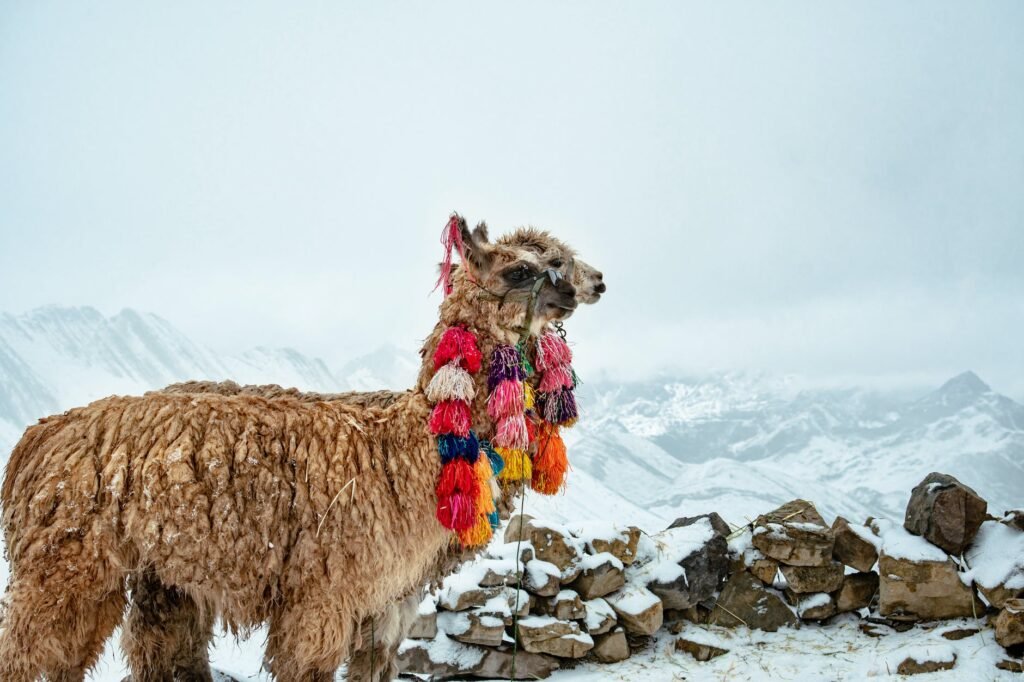
Keeping in mind their distinct temperaments, it’s important to note how these animals function in a herd setting. Alpacas, in general, are social herd animals and show stress if isolated. The tranquility they exude outwards might make you think they stand poorly against potential goat antics – but it’s quite the opposite. Alpacas often establish a strong pecking order within their group, reinforcing it more subtly and peacefully than other species. You’d often see potential confrontations avoided via the alpaca’s preference for communication through soft humming and body language signals.
Goats, on the other hand, are known for a more hierarchical and assertive herd structure. They’re not afraid to engage in head-butting contests to prove their dominance. This more combative approach to social hierarchy can pose challenges when housing goats with the peace-loving alpacas.
It’s crucial to give the alpacas and goats enough time to get comfortable around each other and find their place in this shared realm. Even though their approaches to social dynamics differ significantly, there’s still a good chance that these two distinct species can coexist peacefully with the right management.
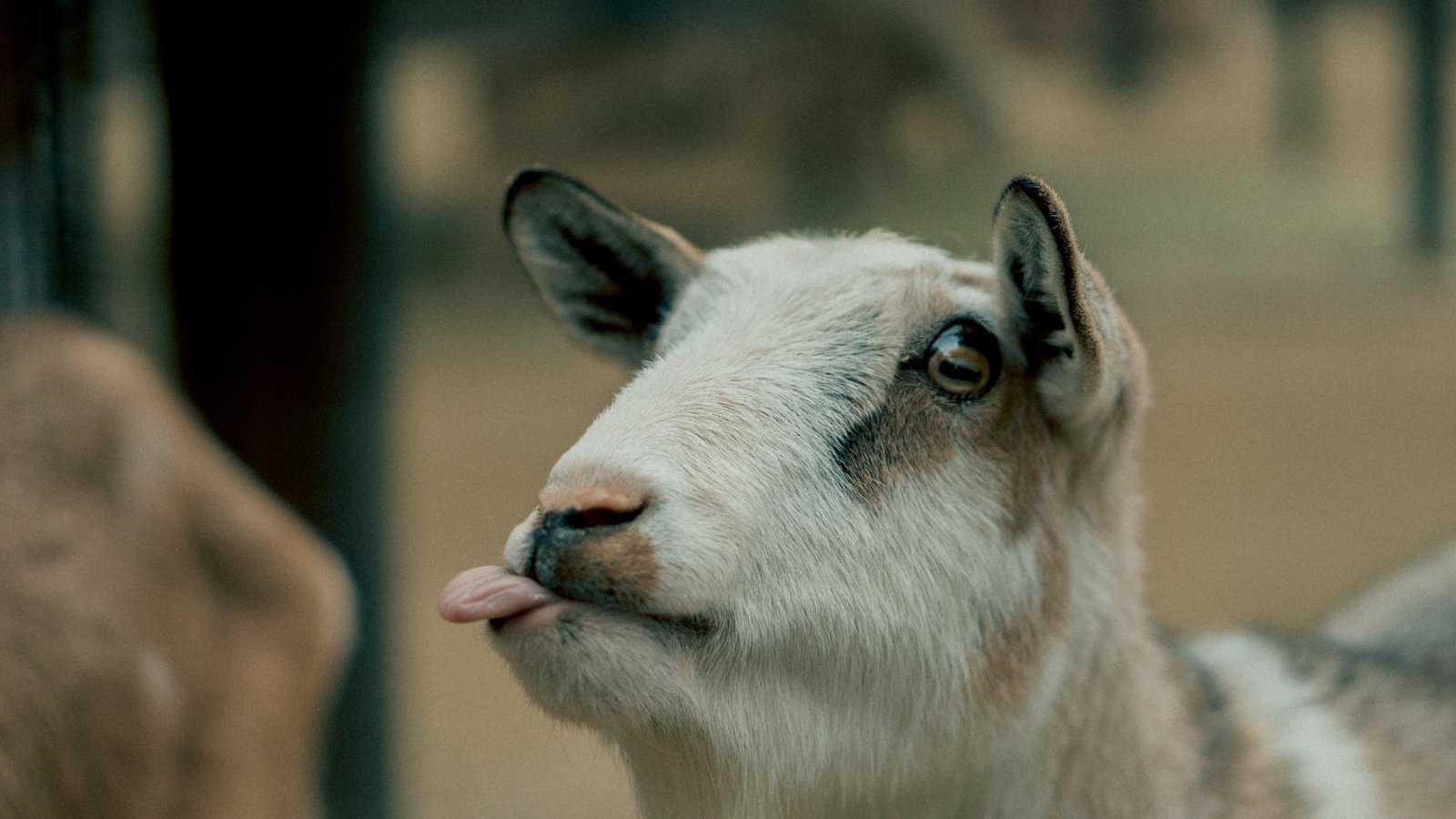
Strategies like predefined feeding times and observation of territory marking can help manage potential conflicts. Remember – a peaceful cohabitation doesn’t happen overnight. It’s a journey involving patience, understanding, and strategic planning. On that journey, you’ll likely discover just how fascinating and rewarding it can be to watch these two species interact and form unique bonds.
For a visual guide to these differences in social dynamics, check out the comparison table below:
| Animal | Herd Behavior |
|---|---|
| Alpaca | Tranquil, Communication guided, Prefers peaceful resolutions |
| Goat | Assertive, Dominance guided, Engages in physical altercations |
Tips for Introducing Alpacas and Goats
- Your First Meeting
When bringing these two distinct species together, the first meeting holds immense importance. Do not rush this process. It’s vital to allow each animal to experience the other’s strange smells, sounds, and behaviors without the pressure of direct contact.
- Gradual Integration
Gradual integration is key to a harmonious cohabitation. Start by housing the animals in adjoining but separate spaces. This arrangement allows them to see, smell, and get used to the presence of the other species, without the tension of forced interaction. Safety should always be a top priority.
- Careful Observation
During these initial weeks, pay close attention to the behavior of both the goats and the alpacas. While some goats may feel comfortable around alpacas right away, others might take a bit longer. This adjustment period might also vary among individual alpacas.
- Monitor Their Food and Water Intake
Food and water intake are good indicators of how well an animal is adjusting to a new environment. If either species shows changes in these areas, it may signify discomfort or stress. Thus, daily checks are necessary to ensure both alpacas and goats are eating and drinking properly.
Onto the topic of maintaining a harmonious environment once the goats and alpacas are living together.
The information provided in this article comes from my years of experience working with both goats and alpacas. Remember, every animal is unique, and patience is always crucial when introducing unfamiliar species to each other. Based on these insights, you can take the next steps in socializing these animals.
After discussing these introductory tips, let’s now move into the next part of our discussion – socializing alpacas and goats in the same living space.

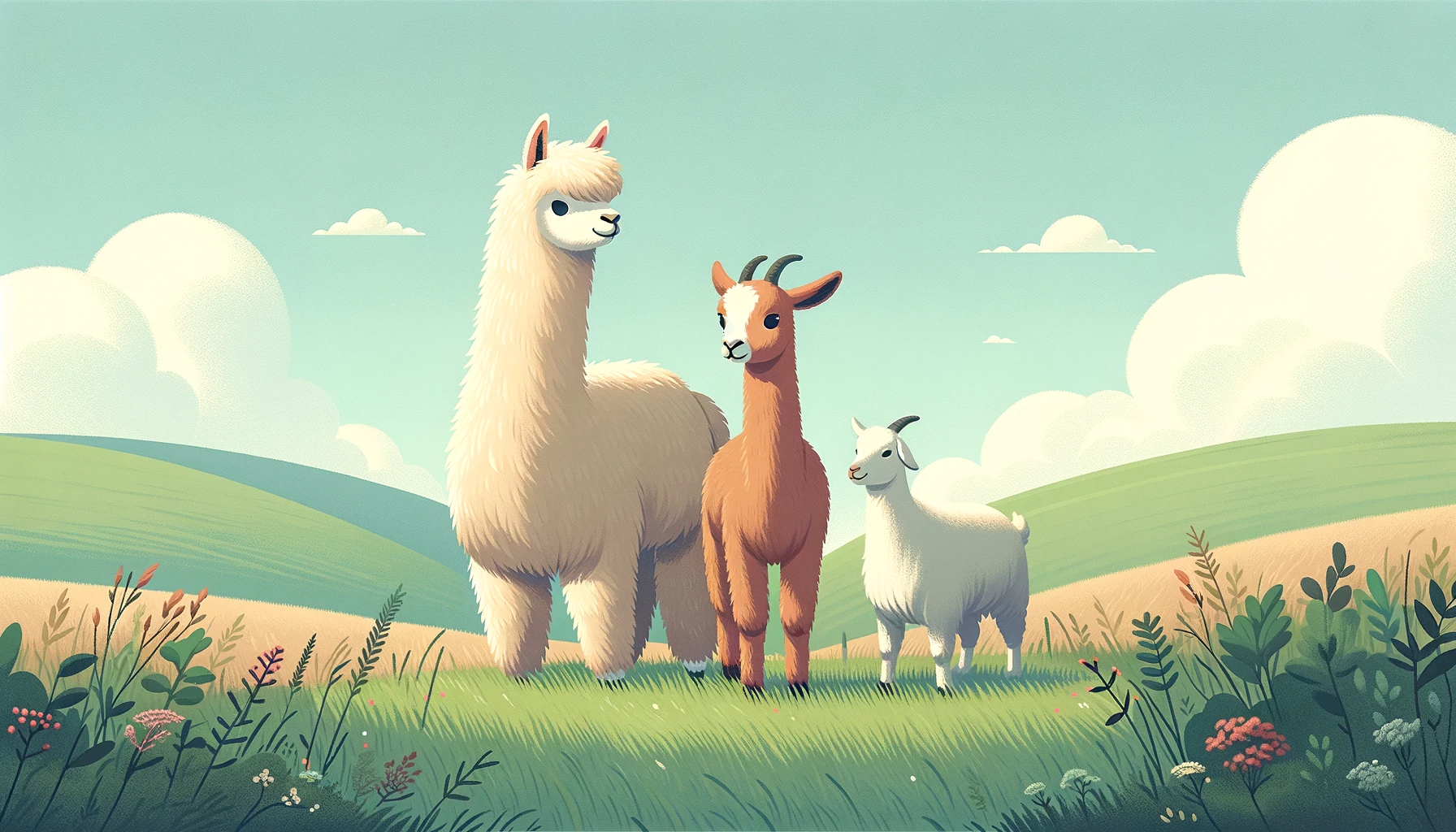

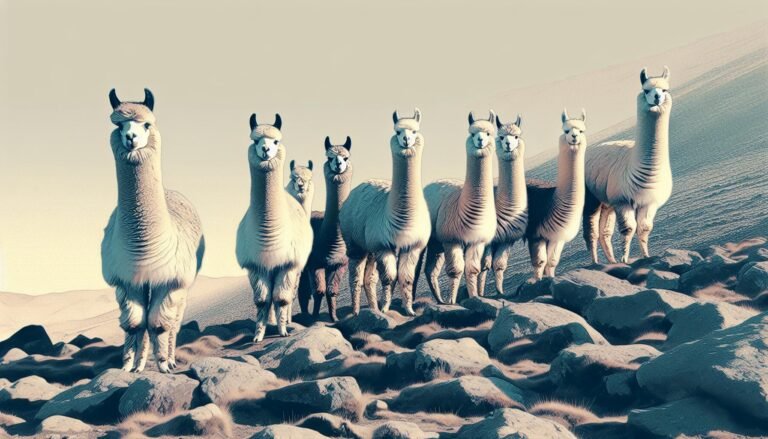



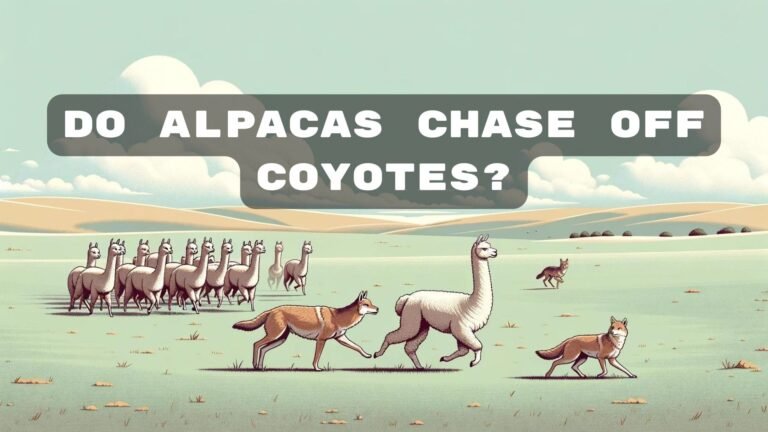
One Comment
Our picks
Alpaca & Wool Felted Sole Inserts: Comfy Upgrade?
Best Alpaca Socks for Hiking: Ultimate Comfort and Durability on Trails
Best Alpaca Halter for Comfort and Control